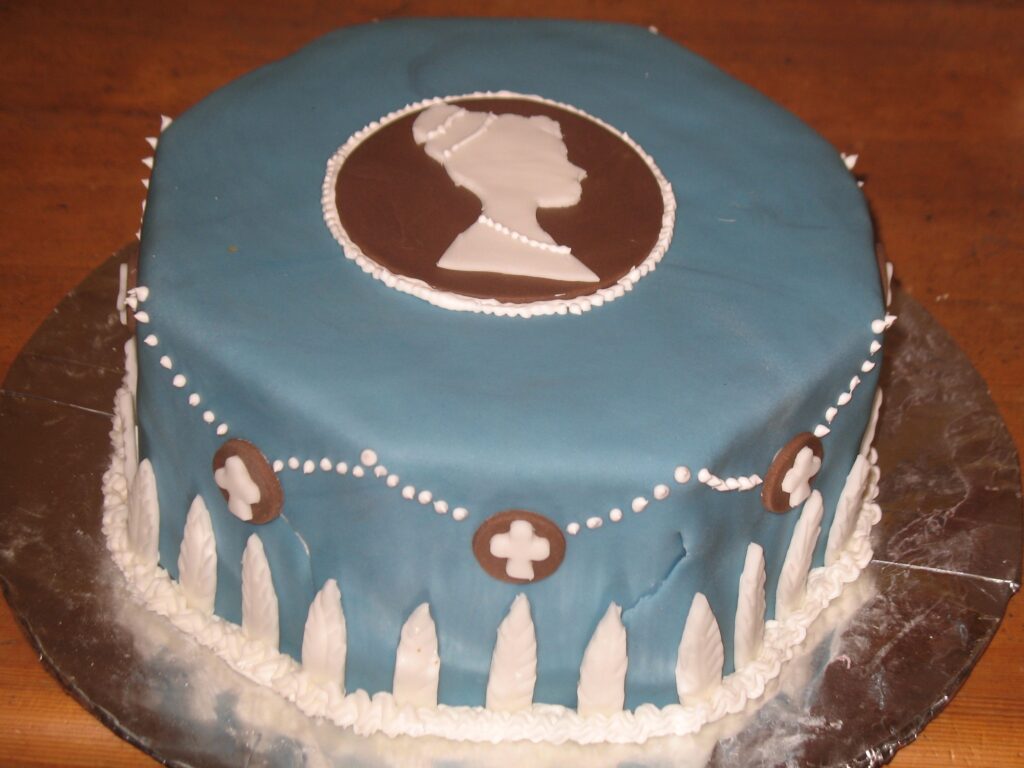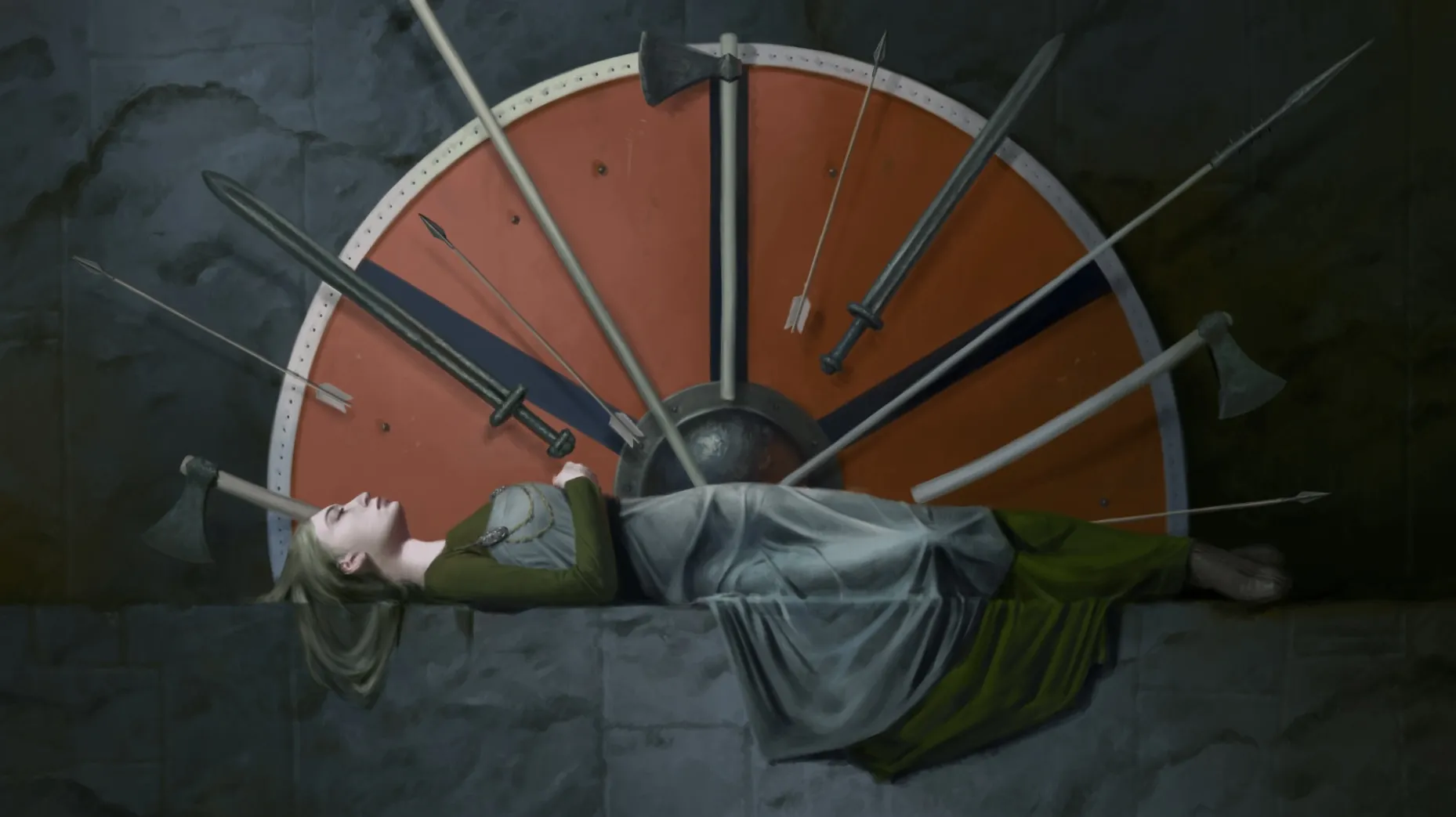I decided to re-read Mansfield Park. It’s one of my favorite of Jane Austen’s novels (who am I kidding? All Austen’s novels are in some wise my favorite) even though the heroine, Fanny Price, is shy and neurotic and not robust–she’s sort of the Bizarro-World version of Elizabeth Bennet. But Fanny is the moral center of the novel–which sounds pretty stodgy, but really isn’t.
Fanny is a poor girl who lives with her cultured, wealthy relatives, where she is useful, unregarded, and has nothing to do but run errands and observe the doings of the family. She is taught and nurtured by her exceptionally virtuous cousin Edmund, with whom she is secretly in love for most of the book.
It’s good that Fanny has at least one exceptionally virtuous person in her life, because everyone else–from her dreadful Aunt Norris to her Very Upright uncle Sir Thomas Bertram (whose fortune derives from his slaveholding plantations in Antigua) to Edmund’s tosspot brother Tom, to her vain and self-absorbed cousins Maria and Julia–is problematic. And that’s before we get to the Crawfords.
How to describe the Crawfords? A charming brother and sister who are visiting in the neighborhood. They’re fun and witty and good looking and well-to-do… and have the moral compass of chewing gum. It takes everyone else a long while to figure this out, but Fanny knows at once. This is partly because Virtuous Cousin Edmund immediately falls for Mary Crawford, and Fanny sees him tie himself into knots trying to excuse Miss Crawford’s worldly, calculating behavior (Edmund is going to be a clergyman; Miss Crawford would prefer he not, because clergymen are stodgy and boring). But also because Henry Crawford is a monster of charming ego, and Fanny watches the damage he does.
So there I was, reading Mansfield Park for the umpteenth time, and a scene I remembered wasn’t there. I paged ahead and confirmed that the scene is not in the book. Which meant it was doubtless from the film of Mansfield Park from 1999, with Frances O’Connor as Fanny and Jonny Lee Miller as Edmund. Thus I had to watch the movie (as well as finish reading the book). Mansfield Park-the Movie (hereafter MPTM) follows the plot of the novel, but it also draws heavily from Austen’s own letters and notes (there are a lot of comments about the slave trade–which had been abolished in 1807, although slavery in the British colonies had not); in this version Fanny writes stories of the same sort that Austen herself wrote, and quotes her lavishly (“run mad as often as you choose, but do not swoon!”). In this treatment Fanny is not only an observer but a critic, and a sharp one. And while it’s not canon (heaven knows what Miss Austen would have thought) it works very nicely.
But they add/change some things. To explain what, and how it lands, I’m going to give the traditional SPOILERS warning.
Here is a cake to separate you from the information I’m about to disclose.

Okay. In Mansfield Park, book and film, Henry Crawford amuses himself on his visit by flirting heavily with both Maria and Julia Bertram, with the stated aim of making them fall in love with him, but without any intent to follow through and actually marry one of them. Since Maria, the older daughter, is already engaged, this is doubly caddish behavior. When the game palls, he leaves, hurting both sisters. Fanny watches this happen. Maria then marries her bubble-brained but wealthy fiancé, Mr. Rushworth. Julia goes off with them on their honeymoon. With the coast now clear of Bertram sisters, Mr. Crawford returns… and falls seriously in love with Fanny. Who does not trust him as far as she could throw him.
So far, this is the plot of MP and MPTM. Mr. Crawford proposes to Fanny (to the delight of Sir Thomas, who thinks it is a highly flattering match for his penniless niece). Fanny refuses Crawford, flat out. She cannot tell her uncle (or anyone else, really) why she dislikes Mr. Crawford without outing her cousins’ flirtations with the man.
Here the two paths diverge.
In MP, Fanny goes to Portsmouth to visit her birth family. Fanny’s cousin Tom is taken seriously ill (and Mary Crawford writes to Fanny about how swell it would be if only Tom died, leaving Edmund heir to the family title and fortune, and therefore much more eligible to marry herself). Meanwhile Mr. Crawford visits and tries to get Fanny to change her mind. She doesn’t. Crawford goes away, encounters Maria Rushworth née Bertram, seduces her, and the two run away together, to the horror and distress of the Bertrams. Fanny returns to Mansfield Park to comfort the family in their affliction; Edmund discovers that Mary Crawford is just as morally bankrupt as her brother (without Fanny having to disclose anything–which also absolves her of the right to dance in circles saying “I TOLD YOU SHE WAS EVIL!”) And in the fullness of time Tom recovers, Maria is abandoned by Crawford, and Edmund realizes that he loves Fanny. They live happily ever after.
Not bad for the moral center of a novel.
In MPTM it’s much the same, but. Fanny doesn’t just go home to visit her birth family–she’s sent there by Sir Thomas, who is seriously pissed that Fanny turned down Crawford’s proposal. While she’s in Portsmouth (living with her vulgar, poor family) Crawford comes. He is charming and solicitous and doesn’t make Fanny feel bad about her vulgar, poor family–and when he proposes again she has a moment of insanity and says Yes. The next morning, when he comes to see her, she backs out of the engagement. Crawford departs in high dudgeon. NOW Tom Bertram becomes ill, and Fanny returns to Mansfield Park to comfort the family. While there Mary Crawford confides in Fanny all the “if only Tom would just die, already” stuff. Then Maria comes home to visit her brother–and Crawford shows up, and sleeps with Maria IN HER FATHER’S HOUSE, and they run away together. And Mary Crawford suggests that it’s all Fanny’s fault–if she’d only taken Henry when he offered, but the poor boy isn’t used to having to wait for anything, so…
So what was accomplished with the restructuring? In the book Crawford does not make a second proposal, and Fanny certainly never has a moment where she says yes. In the movie it’s implied that part of the reason that she accepts Crawford is that her birth family is so awful that she just cannot (and this was part of Sir Thomas’s thinking when he sent her home: try what life according to your actual marriage prospects is like, Fanny!). It also gives Crawford a little more motivation to seduce Maria–he’s smarting from Fanny’s rejection. And we get to see Mary Crawford say awful things directly to the Bertrams in the middle of their drawing room: advising them that if the manage things right, some parts of society will shun Maria, but she’ll still have enough of a social life to make it okay. The watcher sits there thinking Shut Up! That might fly in the upper reaches of the aristocracy, but for a country baronet and his family? No. And saying it to Edmund, who is now a clergyman, is a kind of moral cluelessness that is very special indeed.
I can see, from the filmaker’s perspective, why they made the changes. The story remains essentially the same, and might be somewhat more comprehensible to a modern audience. It moves better to have scenes played out rather than described in letters (although Fanny discovering Maria and Crawford in bed would not have been Miss Austen’s first choice. Or second). But having seen the movie and read the book at virtually the same time, I still don’t think there’s a world in which Fanny Price would ever say Yes to Henry Crawford, even if her birth family was twice as bad.




